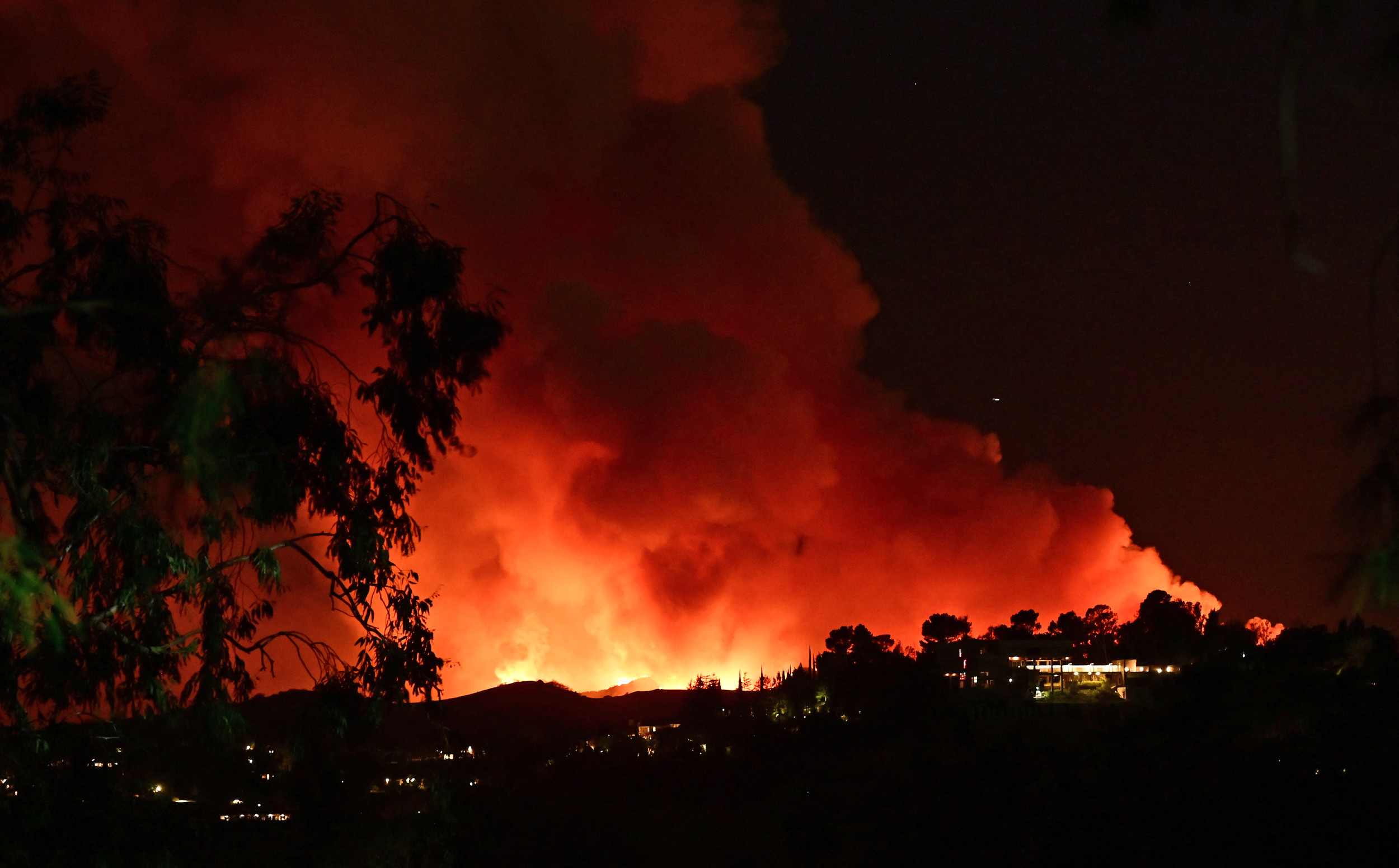Stargazers are in for a treat this week as a stunning full moon illuminates the night sky. But this isn't just any full moon—it's a supermoon, appearing larger and brighter than usual as it reaches its closest point to Earth.
Known as the Beaver Supermoon, this lunar display marks the last in a series of four consecutive supermoons this year. Be sure to catch it while you can.
When Is the Next Full Moon?
The next full moon will occur on Friday, November 15. It will reach its official fullest point at 4:28 p.m. ET (1:28 p.m. PT) but will appear essentially full for the whole night.
On the East Coast, in New York, the moon will rise about 15 minutes before it reaches its fullest point, at 4:13 p.m. ET. The moon will set the next morning (Saturday) at 7:48 a.m. ET.
On the West Coast, in Los Angeles, the moon will rise at 4:35 p.m. PT, marking the first chance for viewers to see the moon after it reaches its fullest point in the afternoon. The moon will linger in the sky until 7:31 a.m. PT on Saturday.

How To See the Next Full Moon?
One of the best things about observing a full moon is how easy it is to spot, especially at its peak. For the most breathtaking view, try watching it around moonrise or moonset, when it appears largest against the horizon, framed by foreground features like buildings or the natural landscape.
The full moon will rise above the horizon in the early evening towards an East North Easterly direction. It will then trace across the sky and set towards the West North West.
Viewing the full moon is best around rise and set thanks to an optical illusion, which makes the moon more impressive when it is near the horizon.
"During the twilight, the residual solar light scattered all around by our atmosphere allows us to admire the scenery, while the full moon rises or sets," Gianluca Masi, an astronomer from the Virtual Telescope Project, previously told Newsweek.
"Furthermore, at its rise and set the moon appears behind monuments and elements of the landscape, generating the feeling that its disk is larger than usual. But this is just an optical illusion resulting from the presence of those terrestrial elements in the line of sight that our brain uses for comparison."
No special equipment is required to view the full moon, but clear skies are a must. Check your local weather forecast for cloud cover.
The full moon will also appear more brilliant if you're far from city lights and light pollution, so try to find a dark spot if you can.
How Often Does a Full Moon Occur?
A full moon occurs approximately once every 29.5 days—the length of time it takes for the Moon to go through one lunar phase cycle as it orbits around the Earth.
Full moons happen when the Earth is between the moon and the sun, meaning the entire face of the moon that's facing us is illuminated by the sun's rays.
The moon generates no light of its own, meaning we only see the portions illuminated by other light sources. A small amount of the light comes from the stars, and some from the Earth itself—known as "earthshine." However, the vast majority comes from the sun.
While full moons occur every lunar month, supermoons don't. Since the moon's orbit around Earth isn't perfectly circular, sometimes it is closer to us. Supermoons happen when the moon reaches one of these closer points—called "perigee"—making the moon appear larger and brighter.
Do you have a tip on a science story that Newsweek should be covering? Do you have a question about full moons? Let us know via science@newsweek.com.




















 English (US) ·
English (US) ·